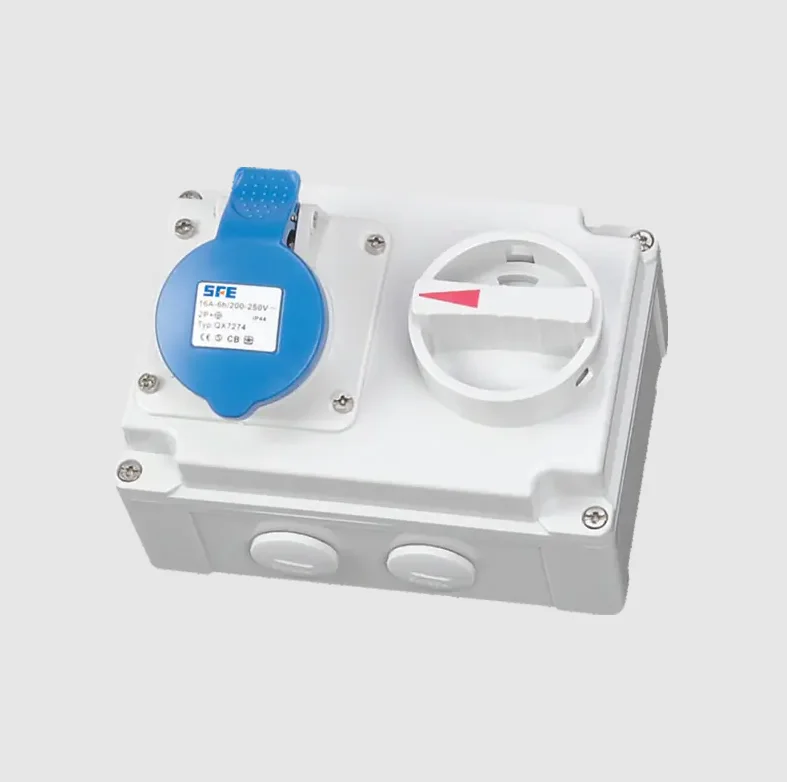Choosing the right Combination Socket Box involves understanding your project’s electrical demands and the features offered by different models. Not all boxes are the same, and selecting the right one ensures better safety and efficiency.
First, consider the number and type of sockets. Some boxes include multiple single-phase outlets, while others support three-phase connections for heavy-duty machinery. Make sure the socket types are compatible with the devices you intend to use.
Next, examine the built-in safety components. Many models include miniature circuit breakers (MCBs), residual current devices (RCDs), and surge protection. These additions help protect equipment and personnel in case of overload, leakage, or power fluctuation.
Durability is another factor. For outdoor or mobile use, look for boxes with waterproof ratings (such as IP44 or IP67). These models are built to resist dust and moisture, ensuring safe operation even in challenging environments.
Portability may also be important. If you need to move the box between locations, a unit with a carrying handle, compact design, or lightweight construction might be more convenient.
Lastly, check for certifications such as CE, ISO, or IEC compliance, especially when the equipment will be used in regulated environments. These confirm that the box meets electrical safety standards.







